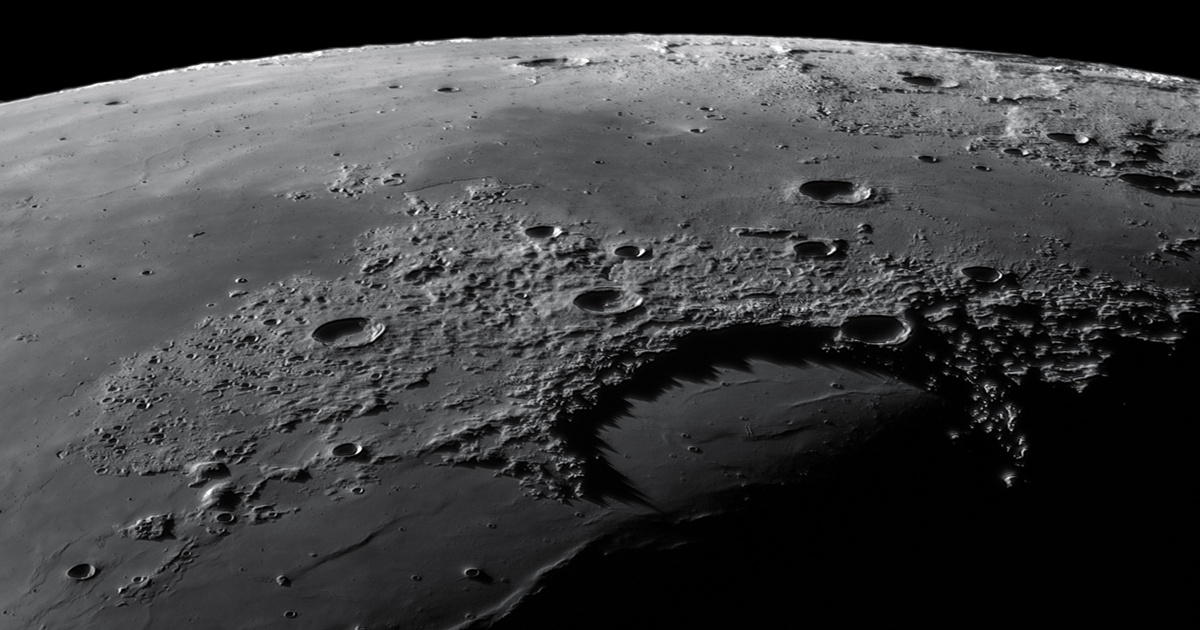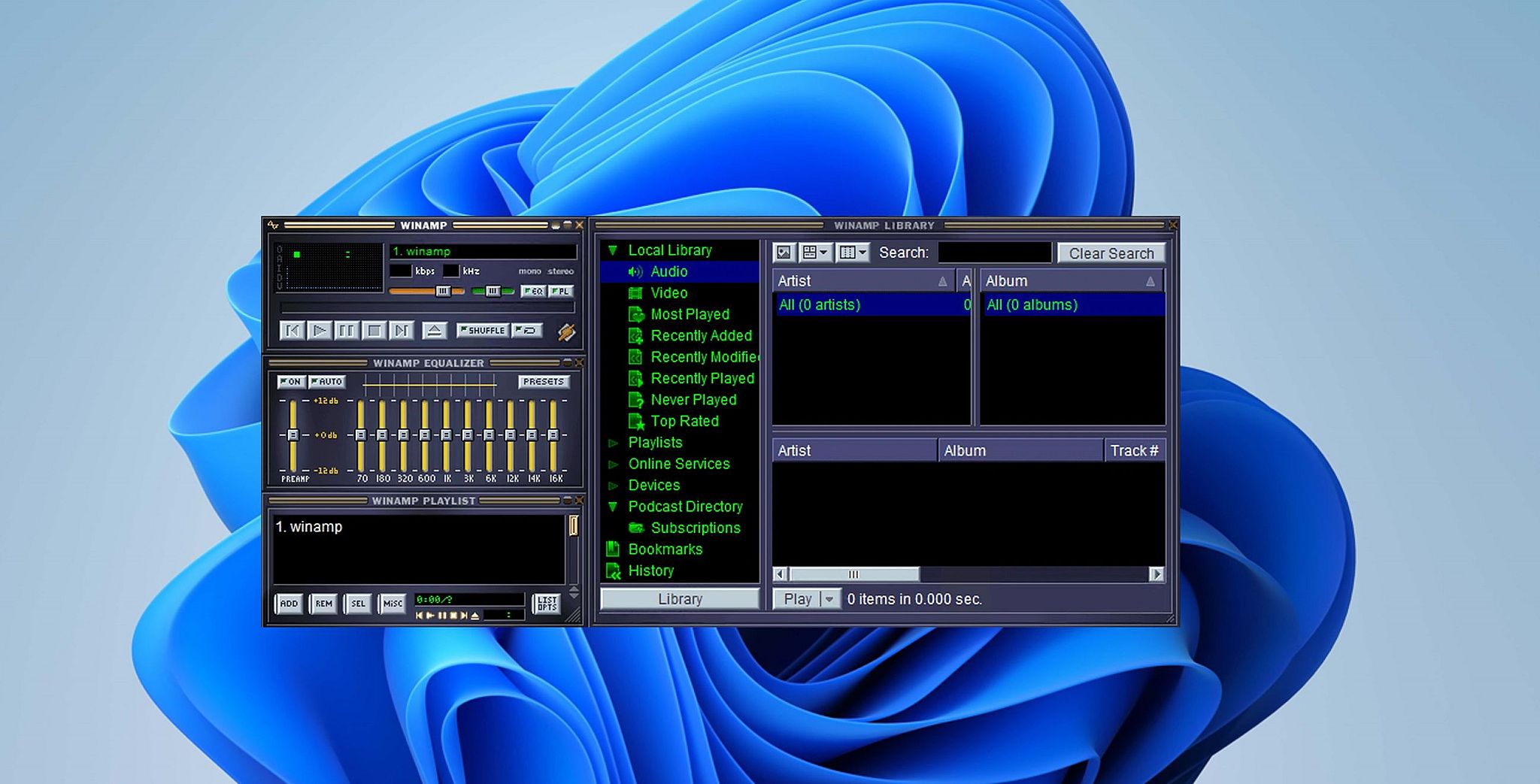Planning large astronomical missions is a very long process. In some cases, like the James Webb Space Telescope that is already operational, it can take literally decades. Part of this learning process is understanding what the task is designed for. Compiling a list of what to look for is a complex process, and larger missions involve groups of scientists working together to determine what they think is best for the mission.
In this spirit, a research team from the University of Berkeley and the University of Riverside presents in a new study a database of exoplanets that may be worthy of the attention of NASA's new observatory, the Habitable Worlds Observatory (HWO).
Astronomy decadal surveys are the starting point for many ambitious projects, and the Astro2020 decadal surveys did not disappoint. This prompted NASA to develop a 6-meter space telescope capable of making high-contrast observations at optical, infrared, and ultraviolet wavelengths. The universe today.
This project became known as HWO. Its primary mission is to observe 25 different exoplanets in the habitable zone of its parent star, and search for biosignatures on them. Basically, he would be humanity's best alien discoverer. Although you are not looking for biosignatures, you can do general astronomical work, but knowing which planets to look at is crucial to your mission.
To solve this part of the project, NASA's Exoplanet Exploration Program developed a list of 164 exoplanets that are “accessible to HWO as putative exoplanets.” This possibility of approaching was primarily related to the properties of the planet's parent star, but the distance from it was also taken into account.
While these properties are useful to consider, there are a lot of other factors that affect whether a planet is habitable or not. These include the frequency of explosions and the abundance of certain elements in the star itself. The new catalog contains exactly this information.
We can even help you with your search
The measurements collected by the authors can be divided into five categories, but there are many “shades” in each category. For example, the researchers collected 1,700 measurements of the astronomical abundances of 14 different elements. However, X-ray emission data were found for only 41 stars out of the 168 stars in the catalogue.
The lack of data is not surprising as it was simply collected from other publicly available sources. Some of them spanned thousands of stars, and those that were needed from this data set did not receive much attention. The data also came from different places.
Even the database itself is modeled on a similar database originally developed for two other large observatories, LUVOIR and HabEx. Each has its own specialization, and although there is some overlap with HWO, the data defining these tasks is not complete enough.
Full project development and completion of HWO objectives are still pending. The authors noted that this document is only the first of many that will help define what the new observatory will be capable of. Fortunately, the catalog they have created is freely available, so anyone interested can explore the data they have collected and perhaps contribute to some of the future work identified at the end of the paper.
Worth reading:












































